Approximately 370 North Atlantic Right Whales remain swimming off Canada’s east coast.
That’s it.
Since 2010, the population has been in steady decline. So too have their reproductive rates. Back in the 1980s, scientists recorded births by female North Atlantic Right Whales every three to four years. Fast forward to today, and these same whales are only reproducing having calves every six to ten years. That’s a greatly concerning drop and begs the question: what is preventing the North Atlantic Right Whale from reproducing?
The Body Keeps Score
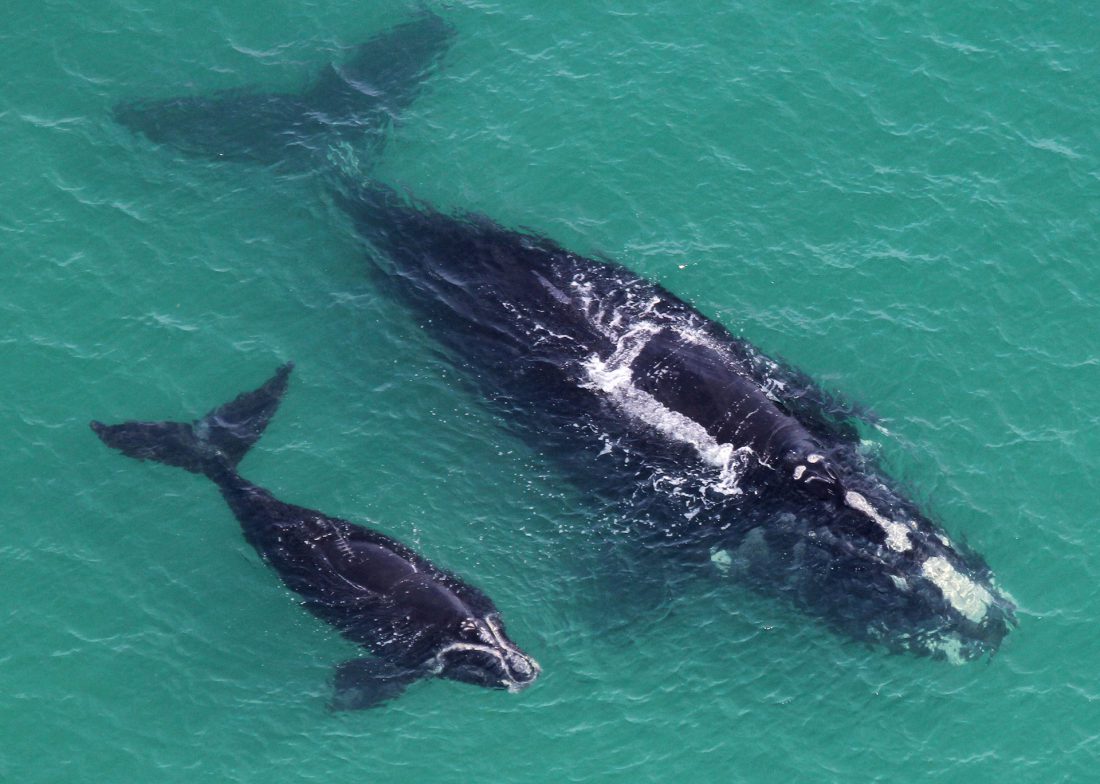
Any mother will tell you that pregnancy takes everything out of you. Now imagine being pregnant for 12 to 13 months straight! These marine mothers don’t just carry their young for over a year – they then nurse them for another full year, pouring an astounding amount of energy into keeping their calves alive. After such an exhausting process, a female’s body needs plenty of time to rebuild its strength and energy before it’s ready for another pregnancy.
Wounds That Don’t Heal

Entanglement in fishing gear is now the leading cause of death and injury for North Atlantic Right Whales and they’re far more regular than you’d think. Researchers have documented that approximately 83 per cent of all right whales have been entangled at least once in their lives. Twenty-five per cent face new entanglements each year. Even if a female survives entanglement, her body undergoes such trauma – fighting for survival while wrapped in heavy fishing gear – compromising her ability to reproduce in the future.
A Changing Ocean
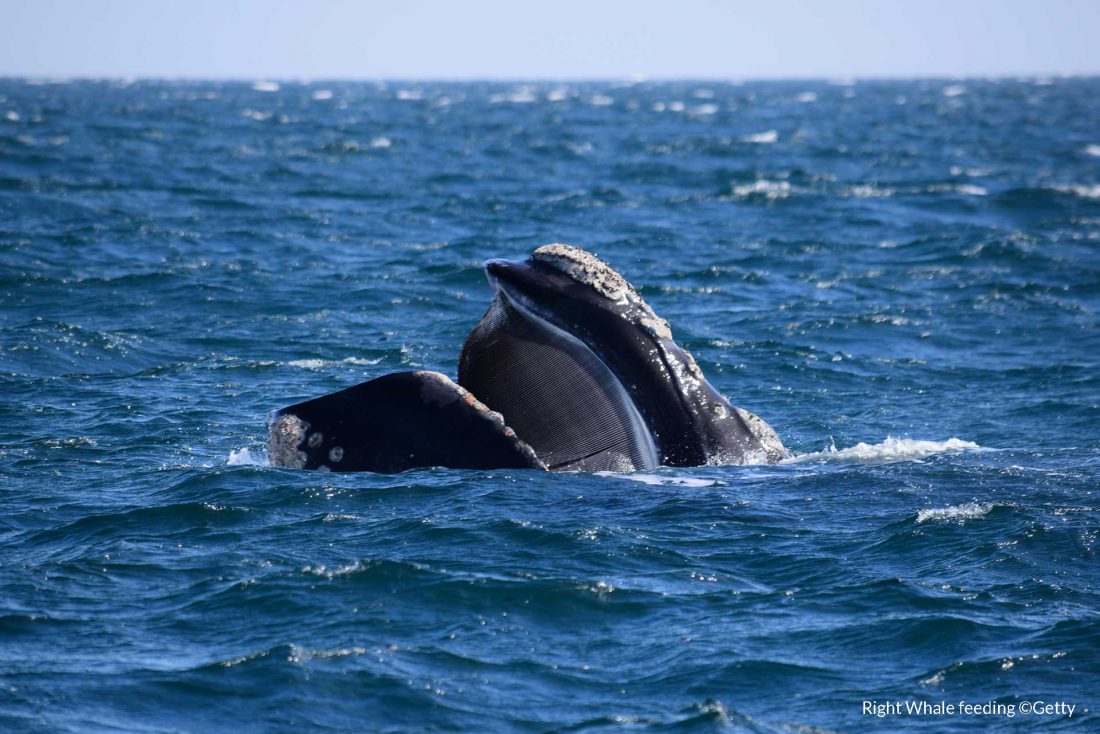
Climate change isn’t just altering weather patterns, it’s also redrawing the ocean’s food web. As ocean temperatures rise and currents shift, the prey North Atlantic Right Whales depend on are either moving to different areas of the ocean or becoming scarce. And it’s not just happening to the North Atlantic Right Whale! Researchers have noted that both Humpback and Blue Whales have had to migrate much further to reach feeding grounds, leaving them with less time to feast and build up the body fat they need. For North Atlantic Right Whales, this adds yet another obstacle to the species’ survival. If a female isn’t in peak physical condition, how can we expect her body to support the demands of pregnancy and nursing? And without new young, how in the world will this important species bounce back from the brink of extinction?
How Can You Help Whales?
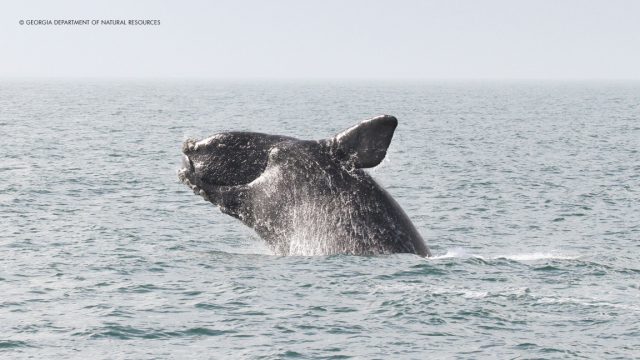
- Don’t use single use plastics. Many whales fall victim to plastics, mistaking larger pieces for prey.
- Do report dead or injured whales. Don’t know what a whale in need looks like? That’s where a little training comes in handy.
- Do support organizations working to reduce entanglement.
- Don’t get too close to whales. The Marine Mammal Regulations under the Fisheries Act, directs that you should maintain a safe distance of 100 metres from most whales. Keep 200 m from Orcas off of B.C. and the Pacific Ocean. And keep 200 m from all whales, dolphins and porpoises in parts of the St. Lawrence Estuary.

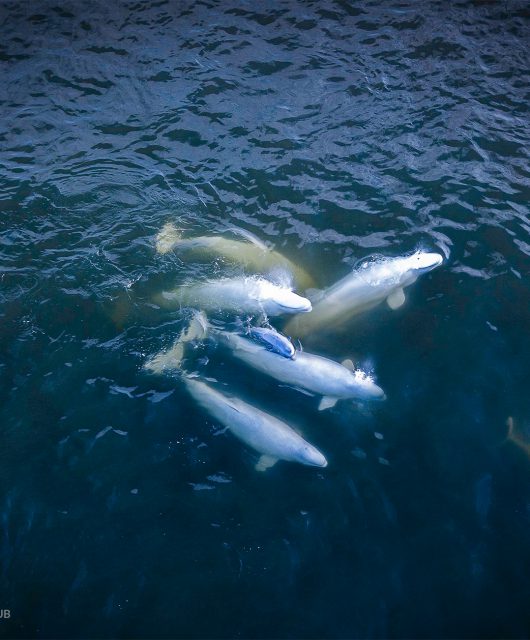
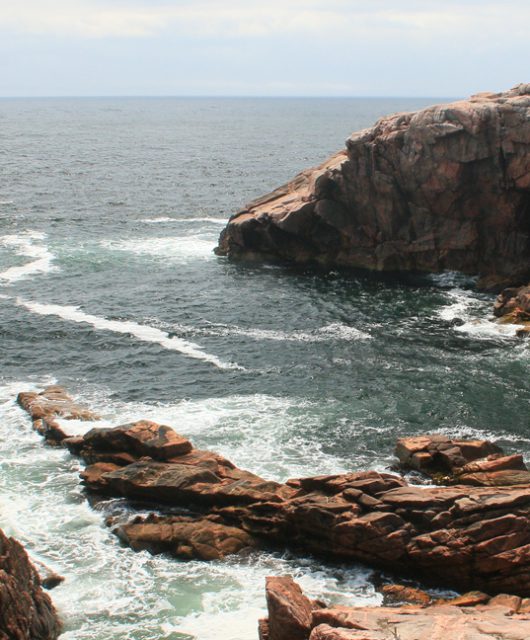
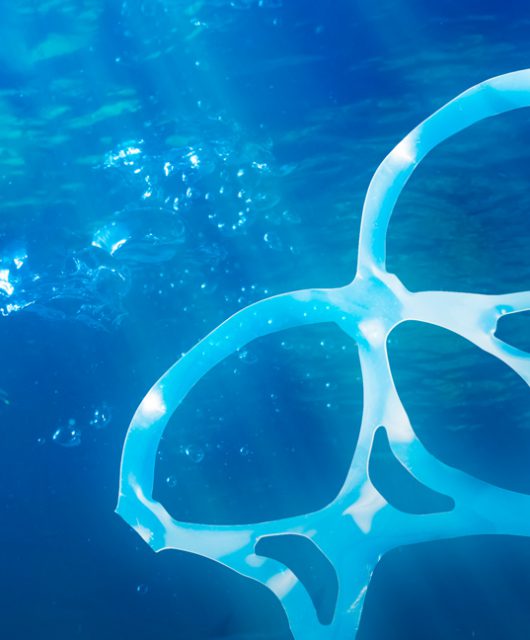
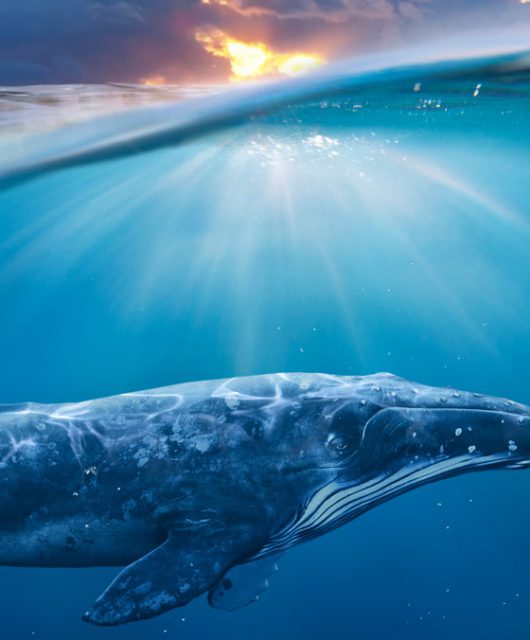
1 comment
SAVE ALL WILDLIFES FROM OCEANS TO FORESTS FOR THE BEST OF MOTHER EARTH AND ENVIRONMENT ECOSYSTEMS.